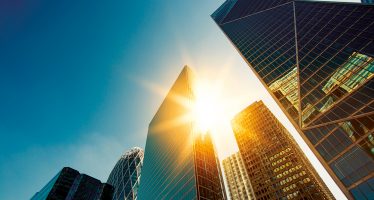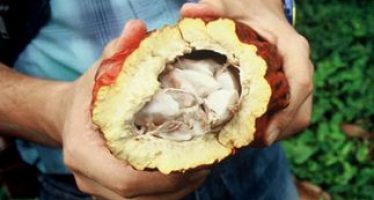A New Generation of Banker
Brazilian Alessandra França, by no means fits the banking stereotype at only 26 she has already, established a bank for the poor after reading the biography of Muhammad Yunus, Nobel Peace Prize winner in 2006.
By Marco dos Santos
The young Alessandra França always showed academic promise. At 15, the daughter of a truck driver and a seamstress was studying computer science in the Non-Governmental Organization (NGO) Project Pearl. The NGO dedicated to the empowerment of disadvantaged youth in Sorocaba, São Paulo, where Alexandra grew up. Her progress was rapid.
In four years, she advanced to the student collaborator and later became coordinator of the work. Alexandra obtained a scholarship at a private school, majored in marketing and an MBA in personnel management. In principle, she had everything to pursue a career executive on the executive ladder.
At 16 she read The Banker to the Poor, a book that set her path. The book described how Bengali Muhammad Yunus, Nobel Peace Prize winner in 2006, had built The Grameen Bank (literally, “Bank of the Villages”) a banking network that provided credit efficiently and cheaply to the poor people of Bangladesh, one of the poorest countries in the world. “It was a revelation,” she said. Today, at age 25, she coordinates the Banco Pérola ( Pearl Bank), which provides loans to the youth of Sorocaba.
At Project Pearl, Alessandra had noticed that young people who had studied very hard to make their projects work could get no bank credit, even though the required amounts were small.
Thus was born the Banco Pérola – which is in fact, a Civil Society Organization of Public Interest (OSCIP), an entity accountable to the Ministries of Labor and Justice.
The credit is only awarded to young people who have personal projects of enterprises in any area of interest.
“We not only analyze the project but also looked at the character of the client and their reputation amongst neighbors and friends,” says Alessandra. “The financial market can be humanized.”
The business model is the same as for Grameen Bank. Customers must come in groups of three to five people. All are responsible. “If one can not pay, the group is committed to honor its commitment.”
 The initial capital came from an international organization to stimulate social projects called Artemisia, founded in 2002 and began its activities in Brazil in 2004.
The initial capital came from an international organization to stimulate social projects called Artemisia, founded in 2002 and began its activities in Brazil in 2004.
Two years ago, Alexandra entered her project for consideration by Artemisia and had 15 minutes to defend it before a committee. It was a difficult task. One of the examiners asked bluntly: “Do you think young people are trustworthy and will pay the loans?” Even nervous, Alessandra did not hesitate.
The Pearl had a starting capital of R$240,000. Most came from donations. The interest charged is 4% per month. The average size of the loans is R$1,500.
The numbers are still modest. As of January 2012, the bank was providing loans to 150 customers.
Let’s see how far this driven young lady can take her bank we will be watching.
You may have an interest in also reading…
Gavin Wilson, CEO IFC AMC: Mobilising Private Capital for Sustainable Development
Building and upgrading the infrastructure to underpin sustainable development in emerging markets and elsewhere requires additional investments estimated at around
Lord Waverley on Development Banks – By Name and By Nature: A Boon in Troubled Times
Development Finance Institutions (DFI), Development Finance Companies (DFC) or Development Banks (DB) are institutions that provide finance for development projects
UN-Backed Project to Help Colombian Farmers Move Away from Illicit Crops Towards Fair Trade Chocolate
A sweet new partnership between the United Nations, the Colombian and Austrian Governments and a renowned chocolate manufacturer is slated




















































































